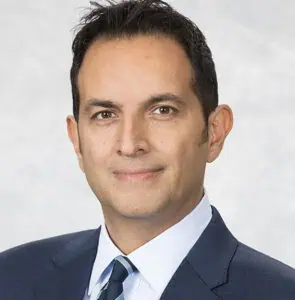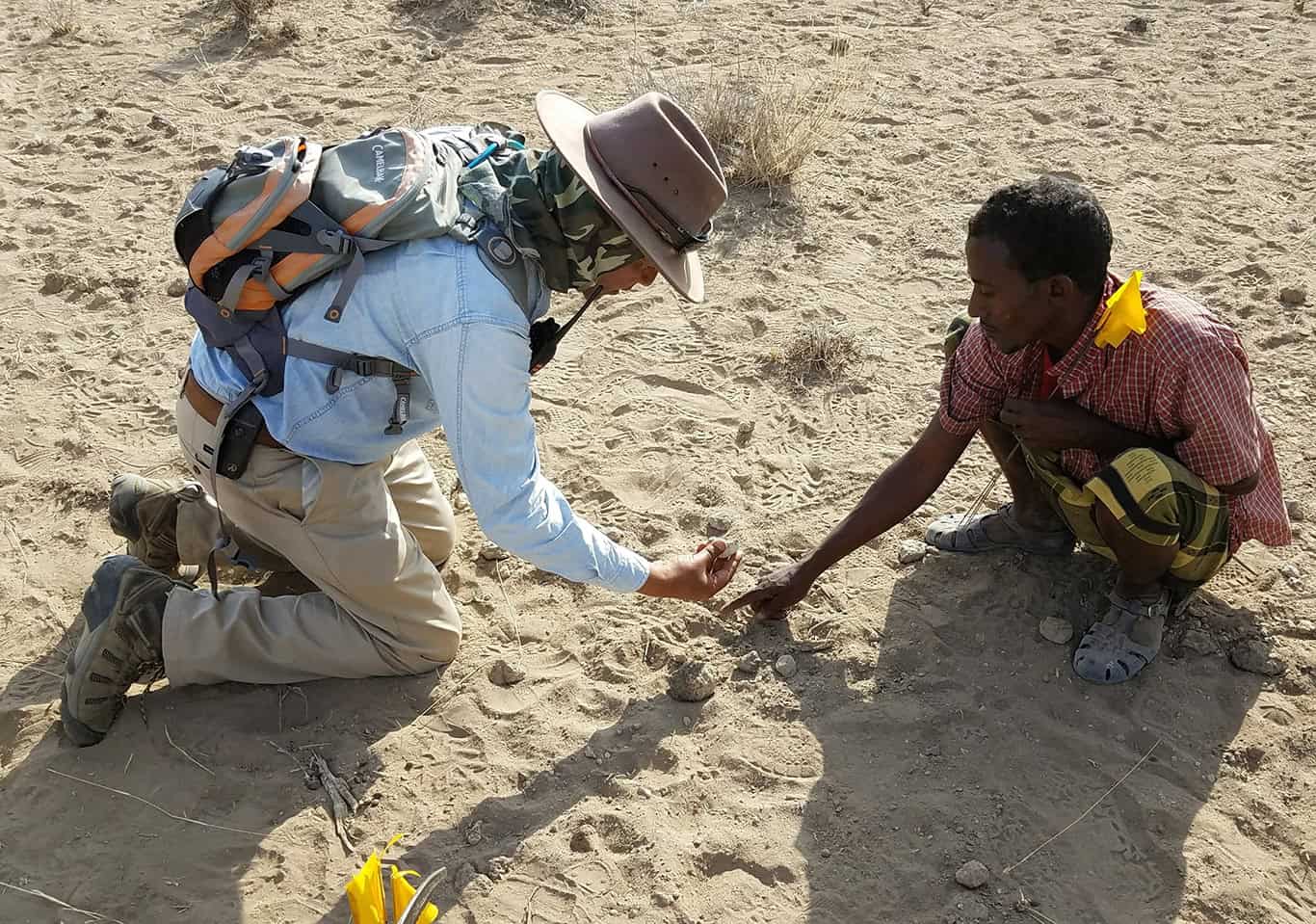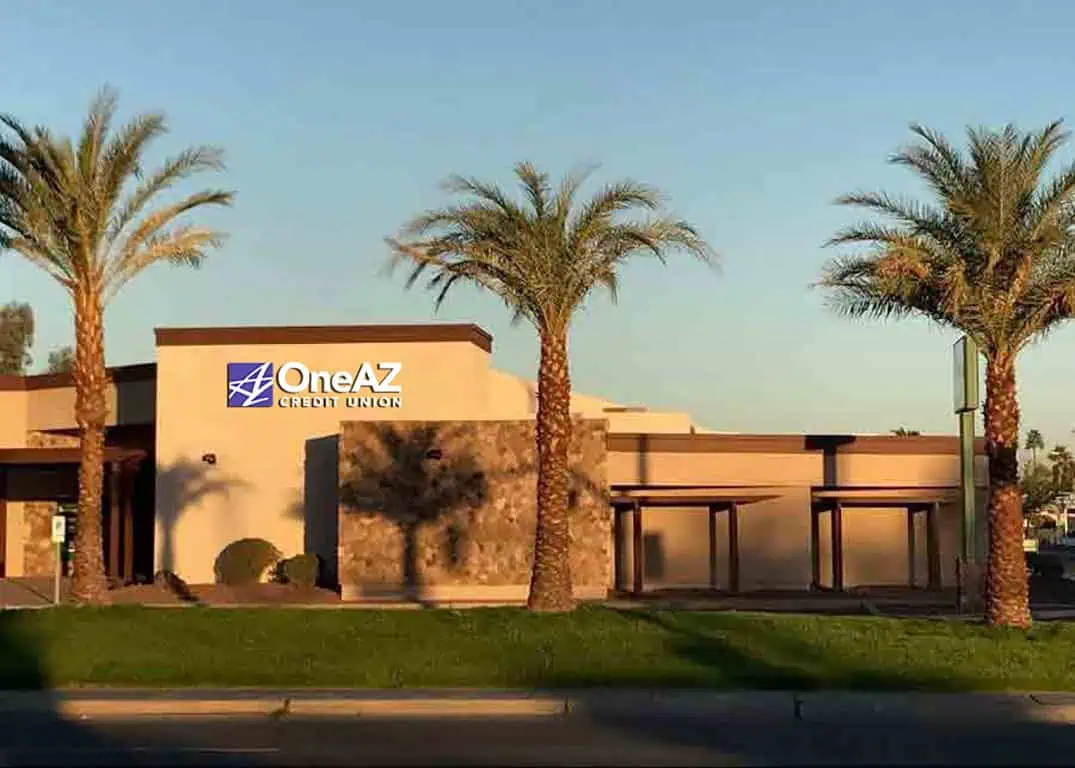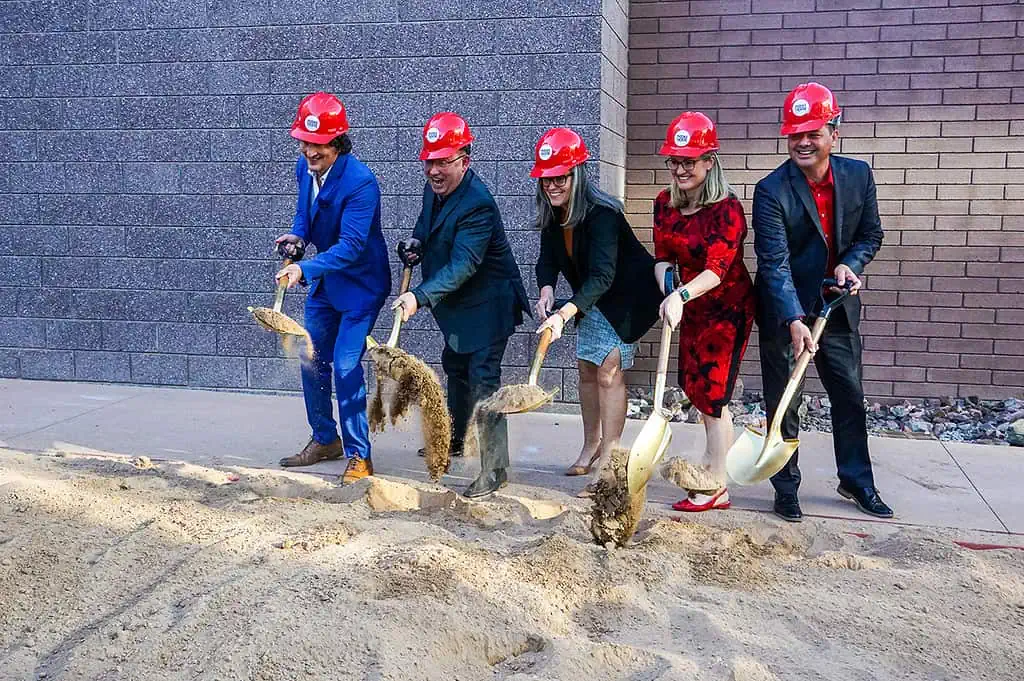

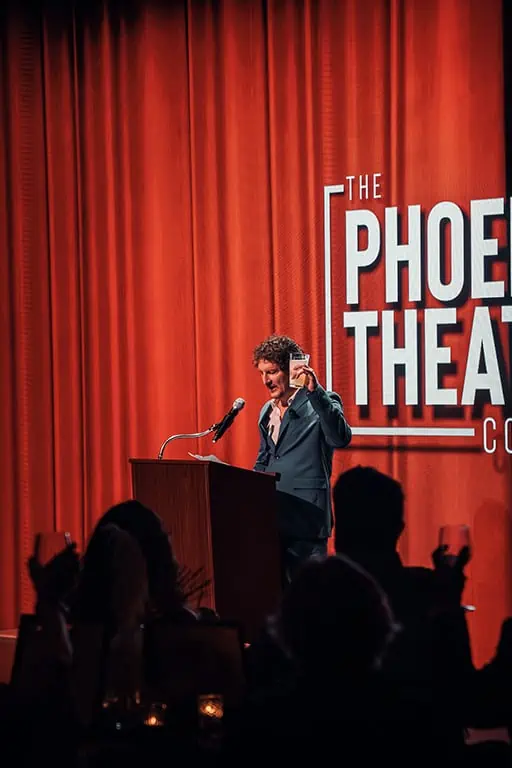

Phoenix Theatre Company celebrates theatre expansion 20 years in the making
By Terrance Thornton | Digital Free Press
A structure expected to sprout in coming months along Central Avenue at McDowell Road is much more than just a quality piece of brick-and-mortar to emerge in the urban core of the Valley of the Sun — it is so much more, proponents say.
“The expansion of our theatre is a pivotal moment in our company’s history. It signifies growth, evolution, and a commitment to enriching the cultural landscape of Phoenix,” Michael Barnard, producing artistic director at The Phoenix Theatre Company, told the Arizona Digital Free Press.
“With this expansion, we are not only increasing our physical footprint but also expanding our artistic horizons. It means more opportunities for our talented artists, staff and patrons to engage with, and be inspired by, the performing arts. It also allows The Phoenix Theatre Company to be a launching ground for new works and projects.”
In the afternoon hours of Thursday, Sept. 14, elected leaders descended to join the officials, patrons and supporters of The Phoenix Theatre Company to celebrate the ground-breaking of its planned expansion creating an additional 250 seats to its black-box-style theatre space in Phoenix.
The Phoenix Theatre expansion is anticipated to be finished in 2025; meanwhile, the new structure will be named after Dr. Stacie J. and Richard J Stephenson. Dr. Stephenson is a bestselling author and leader in functional and integrative medicine. Mr. Stephenson is the chairman and founder of Cancer Treatment Centers of America.
Today, The Phoenix Theatre Company employs 130 full-time people and, with a $13 million annual operating budget, is the largest regional theatre in Arizona and one of the largest in the Southwest.
Fundraising started immediately after the opening of the Hormel Theatre in 2013-14 and geared up during the 100th anniversary season in 2019. This project caps a 20-year, $70 million expansion plan, making it one of the largest investments in a regional theatre in the country.
For Mr. Barnard, the expansion at The Phoenix Theatre represents an illustration of how professional theatre works in America — and in particular the ingredients needed for a run atop the famed Broadway stage of New York City.
“The Broadway hit you see today probably got its start in a regional theatre like The Phoenix Theatre Company,” he points out. “When it comes to pre-Broadway show development projects, Broadway producers choose to partner with theatre companies that are artistically strong and have a technically sophisticated theatre capable of modeling a Broadway venue.”
Mr. Barnard is steadfast in his assertion the future is bright for live artistic expression in the Phoenix metropolitan area.
“The construction of our new 500-seat theatre launches us into a bright future as a preferred destination for pre-Broadway show development,” Mr. Barnard explained. “Making this dream a reality has major financial and cultural implications for the future of Phoenix Theatre Company and the city of Phoenix. In short, it serves as a cornerstone for the longevity of the arts in Phoenix. This new space will foster a deeper connection between our theatre and the community we serve and shine a spotlight on the arts in Phoenix.”
Phoenix Theatre officials report the anticipated cost of the renovation project is $30 million.
“Founded in 1920, The Phoenix Theatre Company is the first and largest producing regional theatre in Arizona,” Mr. Barnard said of the distinctive roots of the local professional, producing theatre.
“In 1924, the family of Maie Bartlett Heard — who also founded the Heard Museum — offered the newly named Phoenix Little Theatre its old coach house on Central and McDowell as a venue. In 1951, the city of Phoenix and the Phoenix Little Theatre jointly built a facility that included our Mainstage Theatre and administrative offices. We have grown into a renowned professional theatre company and this expansion is a testament to our rich history. It allows us to continue our legacy of entertaining and inspiring audiences while also nurturing emerging talents far into the future.”
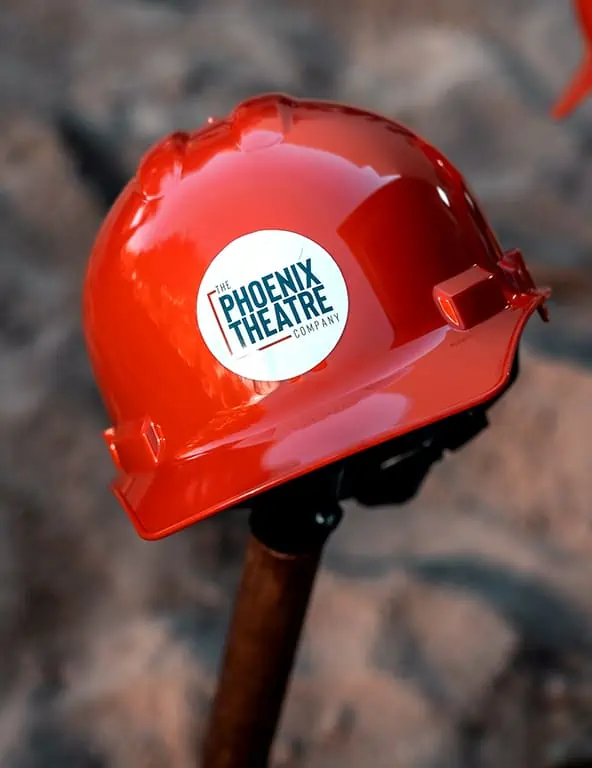
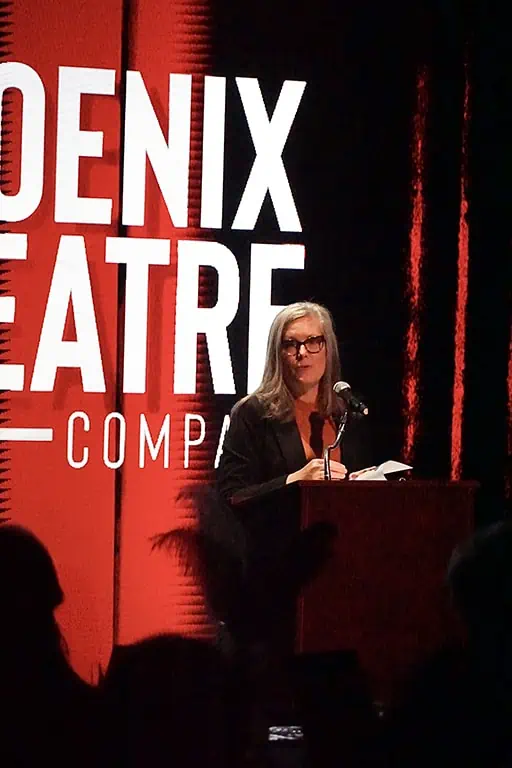
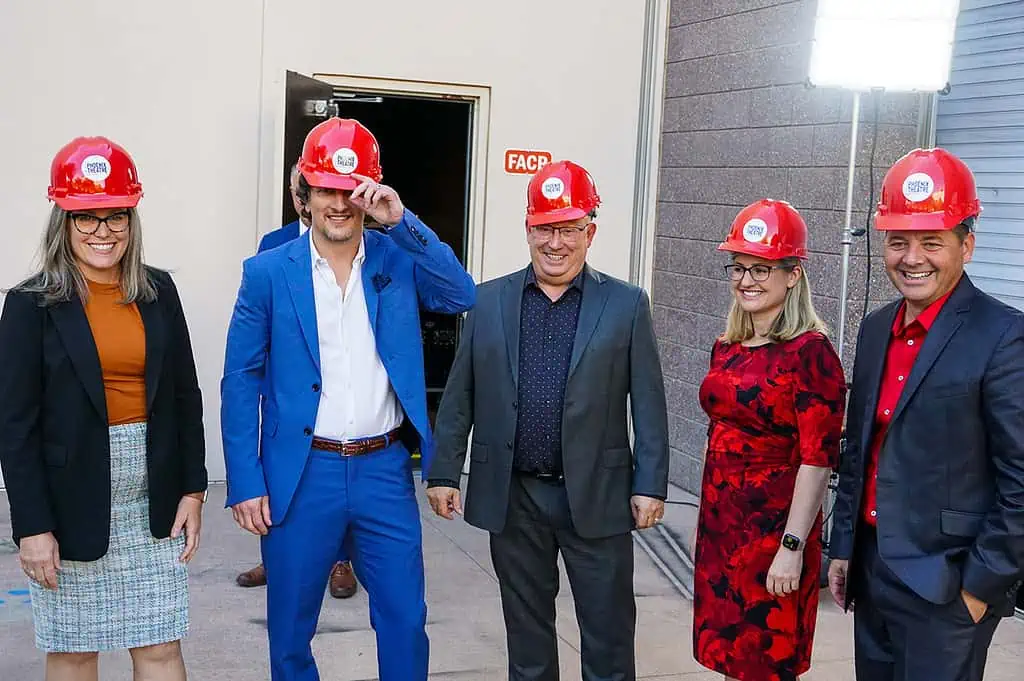
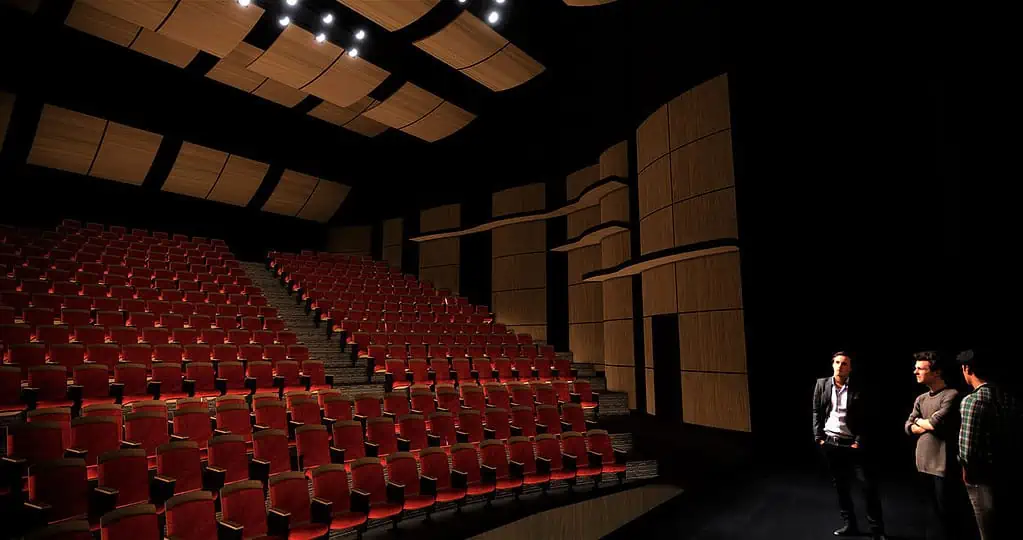
Phoenix Theatre Company: Making an epicenter of culture and expression
Vincent VanVleet, executive director at the Phoenix Theatre Company, explains the regional theatre outfit is putting roots into the community.
“Our ultimate goal is to create a vibrant cultural hub that not only produces outstanding professional theatre, but also provides a space for artists to create, collaborate and grow,” he said.
“The purchase of multifamily housing ensures our ability to house visiting artists and creatives in close proximity to our theatre and foster a thriving creative community. The successful capital campaign supports our ongoing mission to enrich lives through the arts, enabling us to expand our reach, educational programs and artistic excellence.”
Earlier this year, The Phoenix Theatre Company closed on its second multifamily complex near pending expansions of the theater to help maintain top-tier productions envisaged by up-and-coming talent without legacy surnames.
“It’s an incredibly exciting time to be part of The Phoenix Theatre Company,” Mr. VanVleet said. “Our expansion was 20 years in the making and with it finally coming to fruition sets the scene for our next 100 years. The energy and enthusiasm among our artists, staff, patrons and supporters is palpable. We are at the cusp of a new era, and the possibilities for innovative productions, community engagement and artistic exploration are endless.”
There is a groundswell of support percolating for the long-term vision curated by Phoenix Theatre Company officials.
“This building is not just a physical structure; it’s a symbol of the transformative power of the arts,” Mr. VanVleet said. “In addition to elevating the arts scene, it contributes to the revitalization of this part of Phoenix, attracting visitors, businesses and residents. It serves as a cultural anchor, fostering a sense of pride and identity for the neighborhood, and strengthening our city’s reputation as a hub for creativity and artistic expression.”
Mr. VanVleet is cautiously optimistic investment in the arts in the core of the Phoenix metropolitan area can have a compounding effect across the Valley.
“Cultural tourism attracted by a strong pre-Broadway program at The Phoenix Theatre Company could have a multiplier effect on growth in local arts and culture and entertainment sectors,” he said.
“In a recent report, 75% of visitors cited culture as a top driver in destination choices. Research indicates that cultural tourists stay longer and spend more than general tourists. One study revealed that the cultural tourist spends 38% more per day and stays 22% longer than the average traveler. They search out the local cuisine, visit local bars and restaurants, shop for local crafts and buy from local artists. They want to experience local customs and lore, local celebrities and historical sites.”















